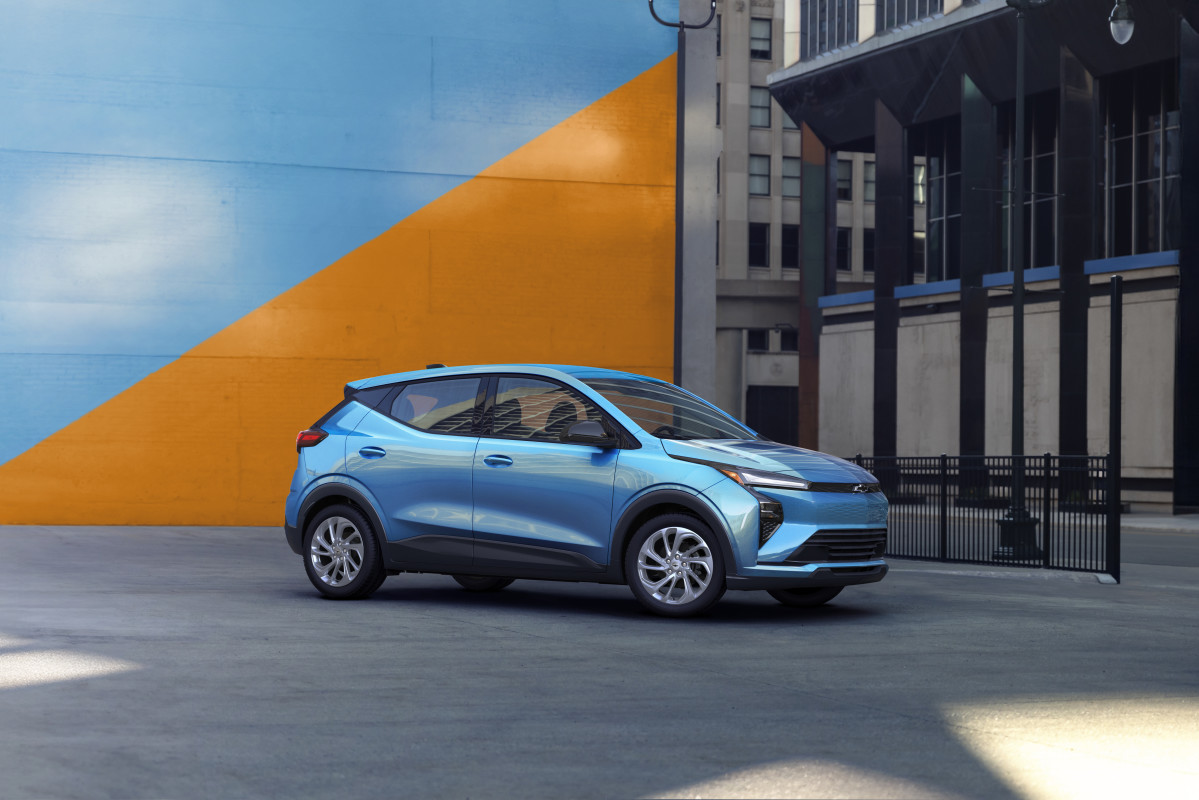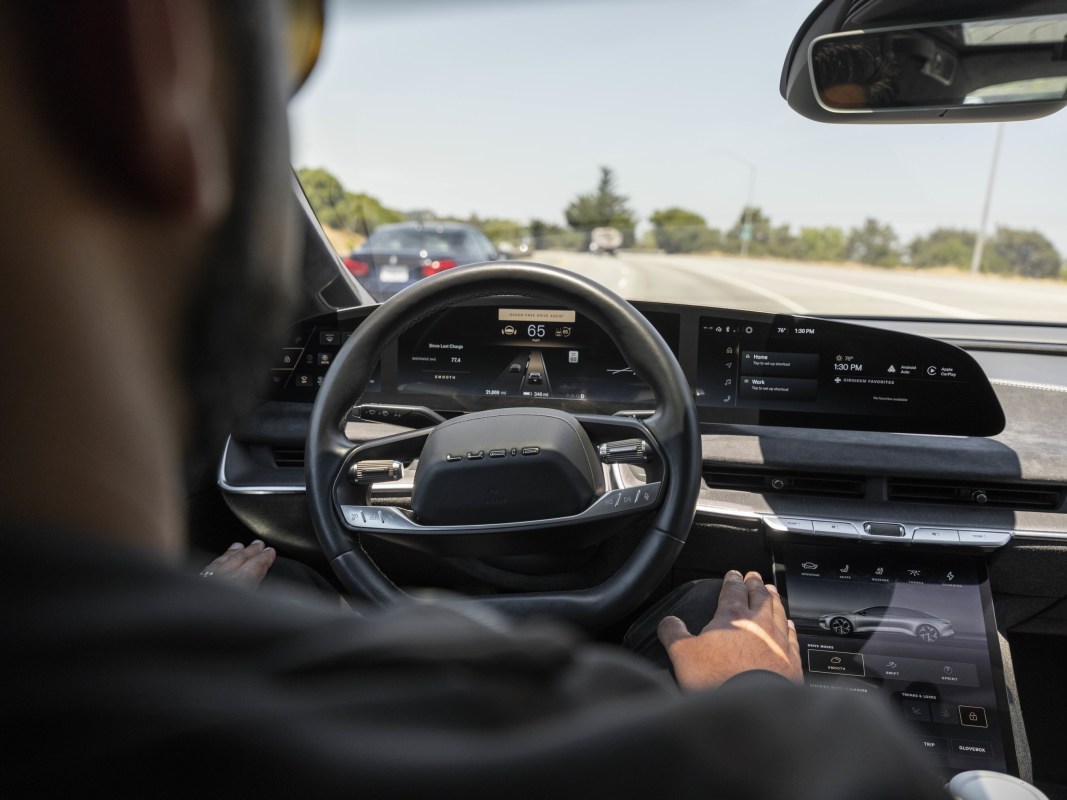Deliveries of the 2027 Chevrolet Bolt will begin early next year, when it will officially be the cheapest EV in the country. Excluding the destination fee, the Bolt will start at $28,595, undercutting the new Nissan Leaf and Chevy’s own Equinox EV.
Despite its low price, the Bolt will be available with one of Chevy’s most impressive technologies: Hands-free Super Cruise. This system allows for hands-free driving on dedicated roads, making longer trips less fatiguing. However, adding it to the Bold raises the price substantially.
Related: I Drove the 2027 Chevrolet Bolt: Here’s My First Impression
Super Cruise Adds Almost $5,000

Chevrolet
On its own, Super Cruise will be a $3,255 option on all 2027 Bolts, according to Cars Direct. However, the total cost is greater, as you also have to include the Technology Package to get Super Cruise, which adds $1,695 to the base LT. This package includes an HD surround-view camera, a rear camera mirror, and other items.
In total, then, Super Cruise actually adds up to $4,950 to the Bolt’s price, effectively a 17% increase. The total of $34,940 for the LT with Super Cruise and the required package is roughly what you’ll pay for the base Chevy Equinox EV, which is a larger vehicle with a better range. For reference, Super Cruise adds $6,450 to the price of an Equinox EV RS, as it’s also bundled in a package.

Chevrolet
That $35k price point is dangerously close to some impressive EVs like the Tesla Model 3 Standard ($36,990), a powerful sedan with a more premium interior and superior range on a full charge.
Still, the standard, 210-horsepower Bolt is great value, and customers can decide for themselves if the Super Cruise upgrade is worth it.
Related: Hands-Free Showdown: BlueCruise, Super Cruise, Autopilot. Which One Owns the Highway?
The High Cost of Self-Driving Tech

Lucid
The expensive Super Cruise option isn’t unique to the Chevy Bolt. Hands-free technologies typically cost a lot more than other driver-assistance tech, as they require many more sensors and/or cameras than more primitive systems.
For example, Tesla charges $8,000 for its Full Self-Driving (Supervised) system, but this can tackle many more scenarios without the driver’s input than Super Cruise. Much more affordable is the BlueCruise hands-free system from Ford, which adds $2,495 to the bill on the base Mustang Mach-E. Unlike Chevy, Ford doesn’t bundle this with an expensive package with other features you may not want or need.
These are all Level 2 systems, but Mercedes-Benz also offers a Level 3 system called Drive Pilot on its EQS and S-Class sedans. This system can handle driving duties without the driver paying attention to the road, although the car may still request manual control in some scenarios. At launch, Mercedes charged a subscription of $2,500 for the first year.
We would’ve preferred to see Chevy offer Super Cruise as a standalone option, especially since the Bolt is in a more price-sensitive segment, but at least the brand’s best hands-free tech is available on its smallest EV.


